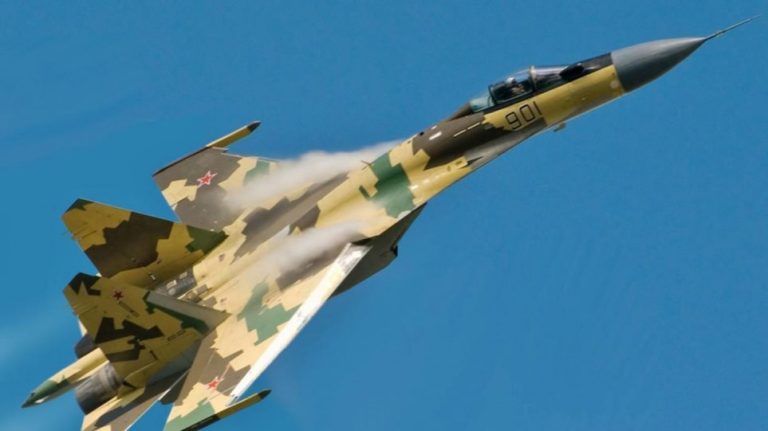NATO’s second-biggest army had a deterrent air force both during and after the Cold War. In 2020, the Turkish Air Force (TuAF) was the world’s 21st biggest air power. The most dramatic moment in the history of the force was on July 15, 2016, when Turkey’s own jets bombed designated targets in Ankara, including the parliament building, as part of a failed putsch against President Recep Tayyip Erdoğan.
The coup attempt led to tens of thousands of purges from government offices, including thousands of military officers. The number of generals in the TuAF dropped from 72 before the failed coup to 44 after. The force quickly lost half its pilot pool—from 1,350 to 680. Resignations and retirement petitions of TuAF pilots followed the purge, bringing the number of pilots to fewer than 400 and further weakening the command and operational capabilities of the force. The TuAF had to recruit Pakistani pilots to fly F-16 missions.
Two years after the traumatic coup attempt, most wounds had healed, and the air force looked forward to restoring its firepower with the planned acquisition of the world’s most advanced fighter jet in the making: the F-35 Lightning II. Between a new command structure and the anticipated new hardware, everything was coming up roses.
Larry King, legendary talk show host, dies at 87
Twitter refused to remove child porn because it “didn’t violate its policies”, lawsuit says
At that time, Turkey was still a member of the US-led multinational Joint Strike Fighter (JSF) consortium, which is building the F-35. By partnering in the world’s largest aircraft program, Ankara gained critical access to strategic aerospace technologies, and as the F-35 program required the supply of nearly 1,000 parts, Turkey’s local aerospace industry was flourishing. Ankara committed to buy at least 100 F-35s at a cost of an estimated $16 billion. In May 2014, Turkey officially ordered two F-35 aircraft, not knowing it would not get them.
But then Erdoğan went forward with his reckless Russian gambit, and in so doing exposed Turkey to the risk of becoming a weakened air power. His love affair with the Russian-made S-400 long-range air and anti-missile defense system has jeopardized the TuAF’s future firepower.
Turkey’s decision to acquire the S-400 system and the country’s subsequent suspension, in 2019, from the JSF program will bring an additional $500-600 million burden to the F-35 production cycle. It will cost Turkish aerospace manufacturers nearly $10 billion over the next 10 years. But what about the potential operational costs for a country that fights asymmetrical wars both at home and abroad?
Read more: BESA Center
Ask me anything
Explore related questions





